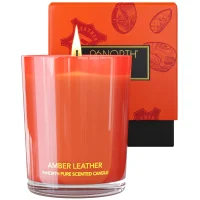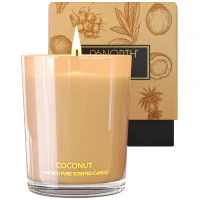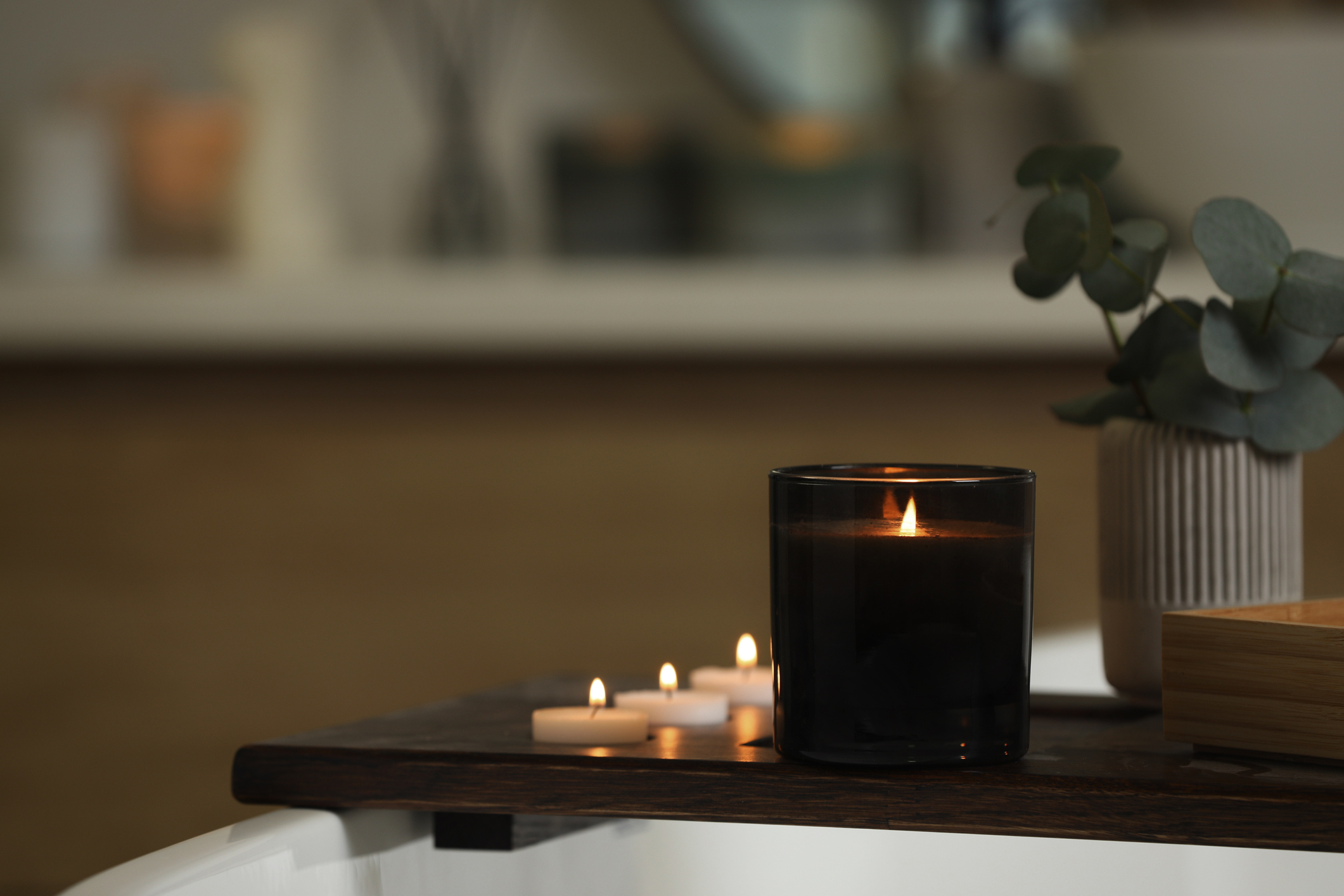If you’ve ever used candles for home decor, you know that uneven wick burning, also known as “candle tunneling,” can be quite a nuisance.
If left untreated, candle tunneling can lead to wasted wax and disappointed candle lovers. Fortunately, you can take steps to help ensure the even burning and optimal flame production of your candles.
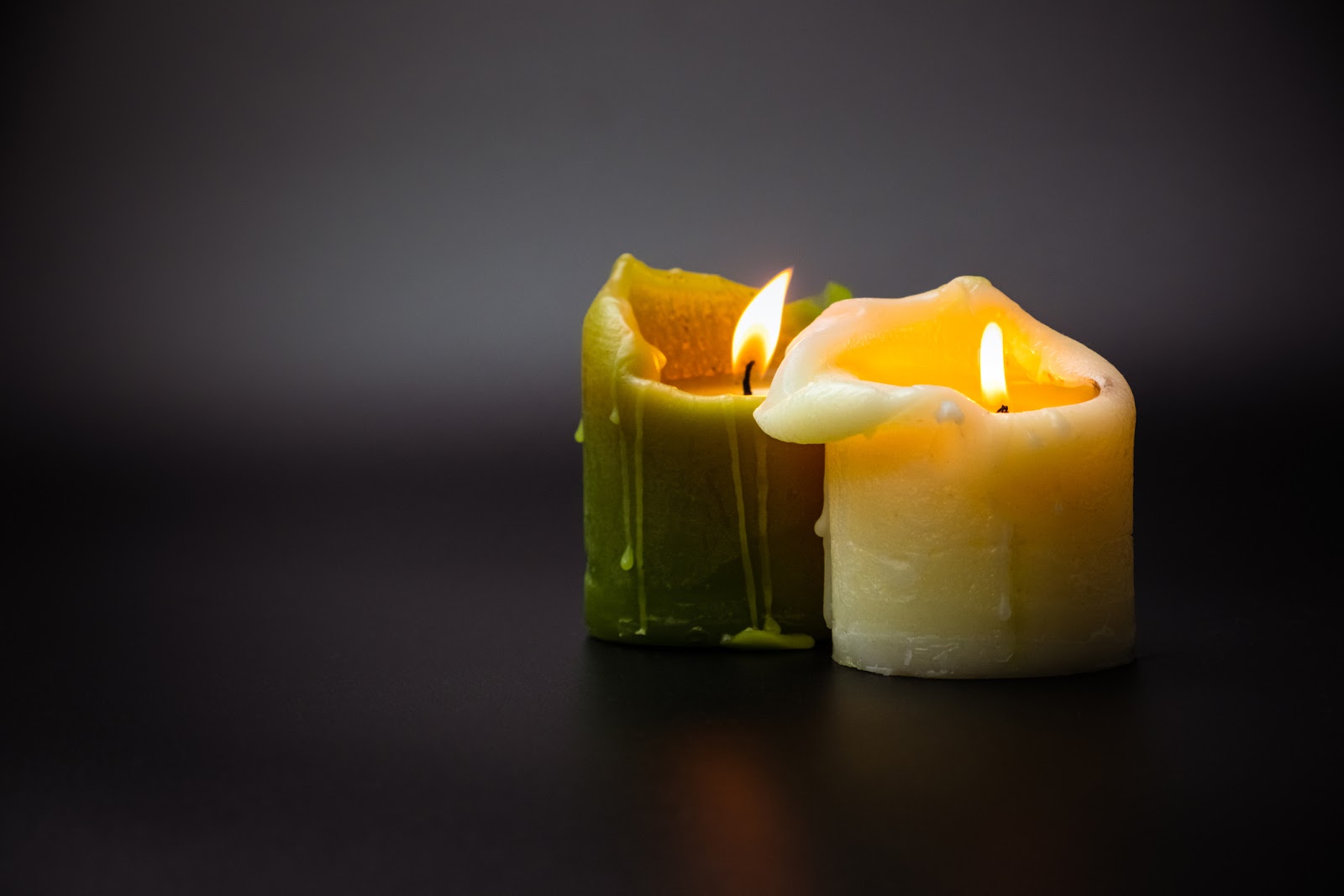
What Is Candle Tunneling?
Candle tunneling is an issue that occurs when the wick of a candle doesn’t burn evenly and instead only melts the wax directly surrounding it. This creates a deep tunnel down the center of the wax and causes problems for the candle, affecting its longevity and scent production.
Causes Of Candle Tunneling
Candle tunneling is most commonly caused by poor candle-burning habits, drafts, and the type of wax it is made of. Larger diameter and thicker candles are more susceptible to tunneling, while natural waxes (like beeswax) are inherently more prone to excessive burning.
In addition to wax type, the wick size can also contribute to tunneling. If the wick is too large, it can draw too much wax and cause the candle to burn too quickly. On the other hand, if the wick is small, it can cause the candle to burn too slowly and create a tunnel. It is important to use the correct size wick for the candle to prevent candle tunneling.
Preparing To Fix Candle Tunneling
Before attempting to fix candle tunneling, it’s important to take a few steps in preparation. First and foremost, ensure that your wick is firmly wedded to the candle base to ensure a strong and steady flame. You can also get rid of any pre-existing residual wax by holding a lighter or match underneath the candle’s interior wax and scraping the molten wax off with a blunt object.
It is also important to ensure that the wick is trimmed to the appropriate length. If the wick is too long, it can cause the flame to be too large and cause the wax to melt unevenly. If the wick is too short, the flame will be small, and the candle will not burn properly. Trimming the wick to the correct length will help ensure that the candle burns evenly and without tunneling.
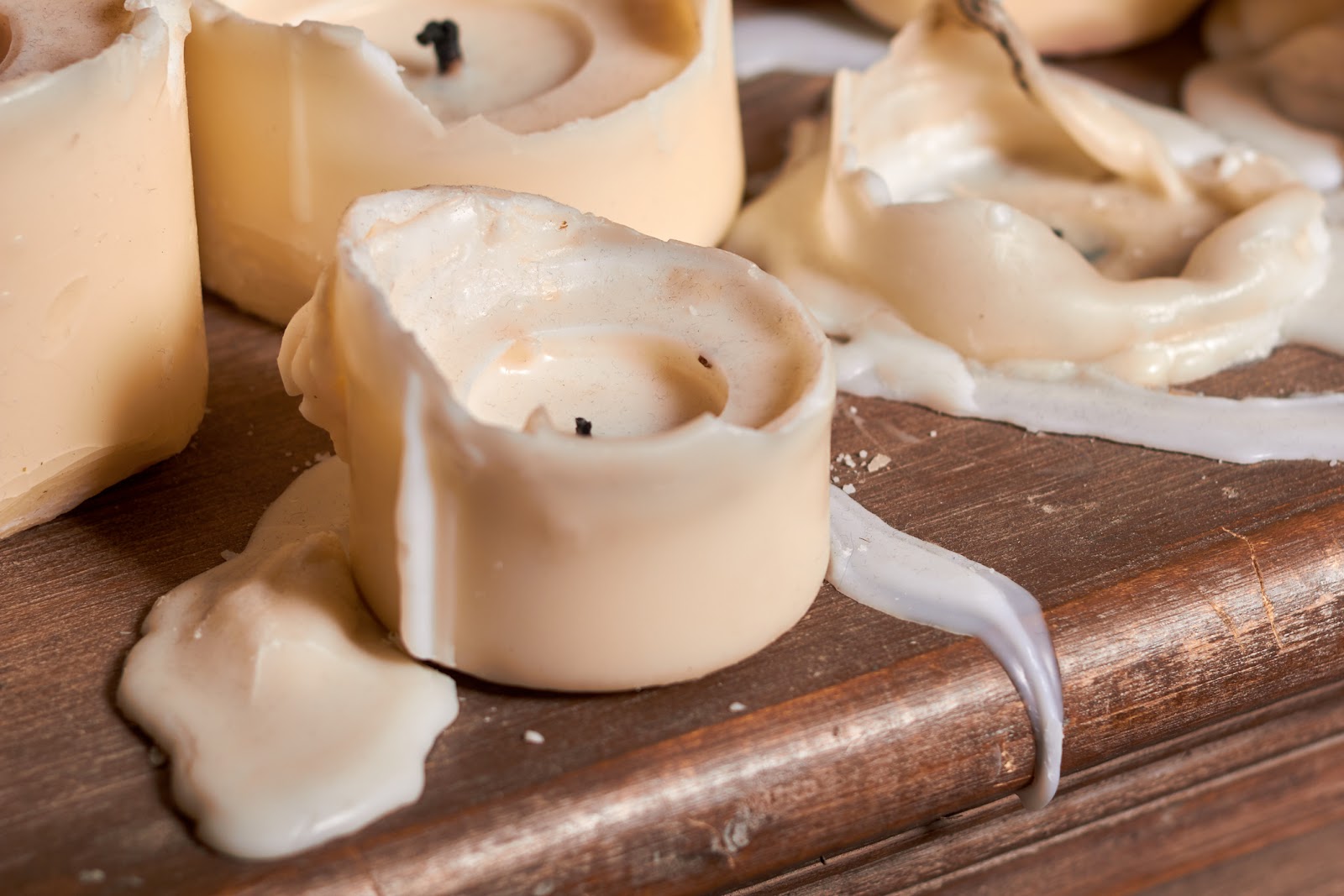
4 Tips For Fixing Candle Tunneling
Tip 1: Slow The Burn Rate
The first thing you can do to prevent candle tunneling is to slow down the burn rate of your candle. You can do this by pouring melted wax out, which results in a shallower but longer-lasting candle. Additionally, you can use a wick dipper to submerge the wick in the melted wax, which will help to reduce the flame size and slow the burn rate.
Tip 2: Adjust The Wick
Adjusting the wick is essential for preventing and reversing candle tunneling. When the candle is extinguished, use tweezers, small scissors, or a wick trimmer to adjust the wick to an ideal 1/8-inch length above the surface. This helps promote an even wax melt and avoids excessive heat from the flame.
Adjusting the wick will help ensure that the flame is not too large and that the candle burns evenly. It is important to keep the wick centered in the candle to ensure that the wax melts evenly and that the candle does not tunnel.
Tip 3: Trim The Wick Regularly
It’s important to trim the wick regularly if you value evenly-burned candles. Make sure to light your candle with every use, let it burn for a few seconds, then blow it out and trim the wick. Regular trimming helps discourage excessive draft draws and reduce potentially damaging smoke.
Tip 4: Keep Candles Covered When Not In Use
Drafts can affect candles and cause tunneling, so keeping candles covered when not in use is important. Consider covering them with aluminum foil or a glass cloche to reduce air movement and keep drafts from affecting your candles.
It’s also important to keep your candles away from open windows or doors, as this can cause drafts and cause your candles to burn unevenly. Also, keep your candles away from flammable materials, such as curtains or furniture, to prevent potential fire hazards.

Why Should You Bother Fixing Candle Tunneling?
The benefits of fixing candle tunneling are plenty. Not only will you save money on wasted wax not reaching its full burning potential, but you’ll also be able to enjoy maximum scent output since a well-maintained wick will better regulate temperature.
Furthermore, given that the flame is expectedly controlled and not too large, you’ll also be able to prevent serious fires resulting from large, uncontrollable flames.
Buying The Right Candles To Prevent Tunneling
While fixing candle tunneling can certainly take care of the issue at hand, there are also a few tips you can follow to prevent tunneling from occurring in the first place.
First and foremost, purchase candles made from high-quality materials and with appropriate dimensions. Taller candles are more prone to tunneling, so opt for shorter ones. Additionally, be sure that your candles are kept from direct sunlight or strong air currents.
96NORTH Premium Candles
96NORTH sells the best soy wax candles on the market. We have a wide variety of naturally-scented candles, such as Madagascar vanilla and tropical coconut, which can transform your home into a serene, relaxing landscape.
Allow our candles to carry you to distant countries, atmospheres, and settings. Embrace their fragrance and journey through the aroma of beautiful exotic beaches and jaw-dropping lush jungles.
Allow the luxurious scents of 96NORTH’s candles to turn your house into a comfortable and relaxing home. Shop our selection of soy scented candles on our website.
FAQs
Can you fix Tunnelling in a candle?
To fix candle tunneling, all you have to do is make the surface even. There are many ways to do this. For example, you can use a hair dryer to melt the outer layers of wax or trim your candle’s wick.
What causes tunneling in candles?
Various factors cause candle tunneling, including, but not limited to, wax type, drafts affecting the candle’s burn, and your candle usage. When you light a candle, try to let it burn for around 3 hours to ensure an even burn rate which will stop candle tunnel accumulation.
How do you stop a candle from tunneling?
There are several steps you can take to prevent candle tunneling. Try keeping your candles away from windows and drafts. Avoid using your candle for only a short period. And regularly trim your candle wick to ensure a steady burn.
